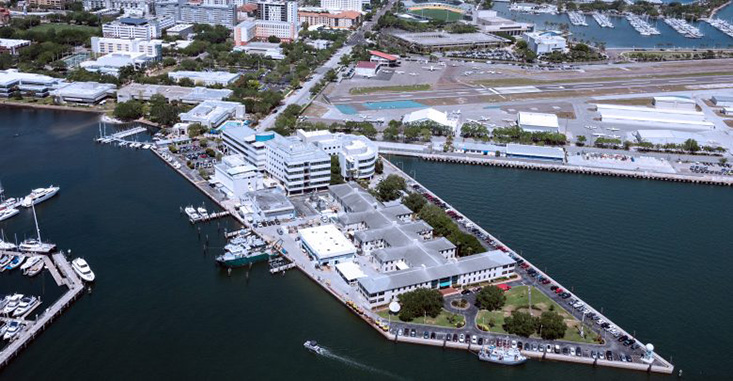
Marine Science Faculty Publications
The Influence of Temperature on PbCO30 Formation in Seawater
Document Type
Article
Publication Date
2008
Keywords
Carbonate, Chemical speciation, Complexation, Lead, Seawater, Spectrophotometry
Digital Object Identifier (DOI)
https://doi.org/10.1016/j.marchem.2008.01.004
Abstract
UV spectrophotometry was used to directly observe the partitioning of lead(II) between PbCO30 and the forms of lead in natural seawater (S = 35.4) that are dominant at low pH (Pb2+ and complexes with Cl− and SO42−). Lead carbonate formation constants were determined in the form, β1 = MPbCO3 (MPbMCO3)− 1, where MPbCO3 represents the concentration (mol/kg) of PbCO30, MPb represents the sum concentrations of free lead (Pb2+) and its complexes with chloride and sulfate, and MCO3 represents the sum concentration of free and ion paired carbonate in seawater. Over a range of temperature between 15 and 35 °C, the reaction enthalpy appropriate to β1 was calculated as ΔH = − 1.4 ± 0.6 kJ/mol. This is sufficiently small that, in the context of the uncertainties in β1 measurements at each temperature, the PbCO30 formation constant over the 20 °C range in temperature is effectively constant (β1 = (1.27 ± 0.02) × 104 (mol/kg)− 1). For total dissolved inorganic carbon concentrations in the order of 2 mm (millimolal), PbCO30 is the dominant inorganic form of lead(II) when pH is greater than 7.6.
Was this content written or created while at USF?
Yes
Citation / Publisher Attribution
Marine Chemistry, v. 110, issues 1-2, p. 1-6
Scholar Commons Citation
Soli, Alan L.; Stewart, Zachary I.; and Byrne, Robert H., "The Influence of Temperature on PbCO30 Formation in Seawater" (2008). Marine Science Faculty Publications. 1755.
https://digitalcommons.usf.edu/msc_facpub/1755




